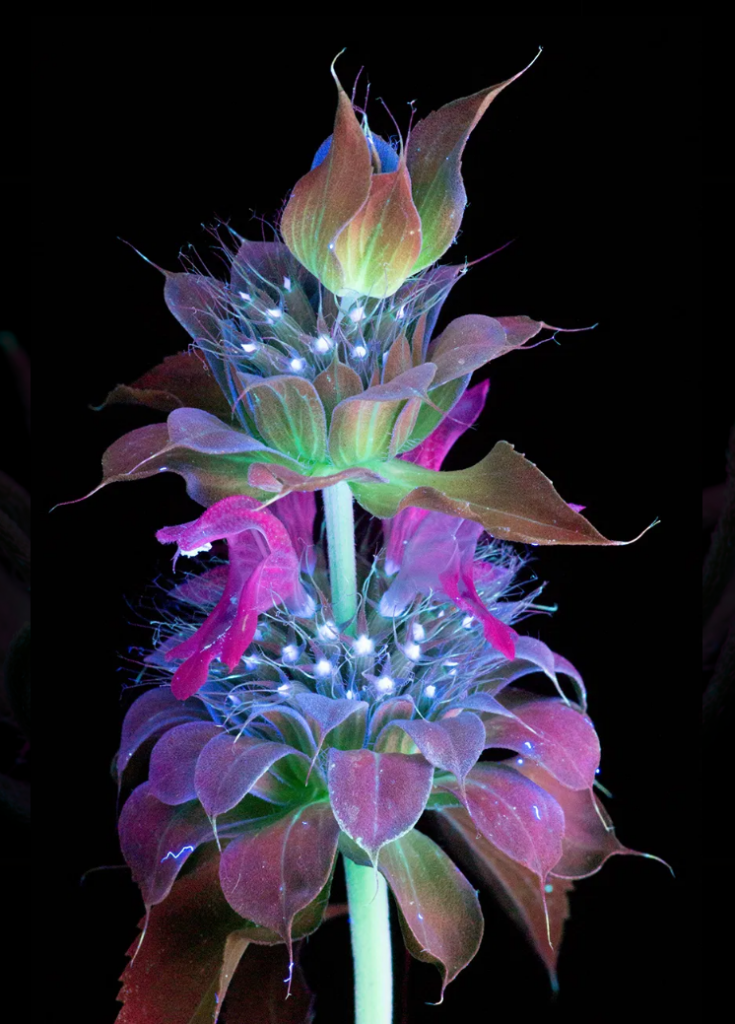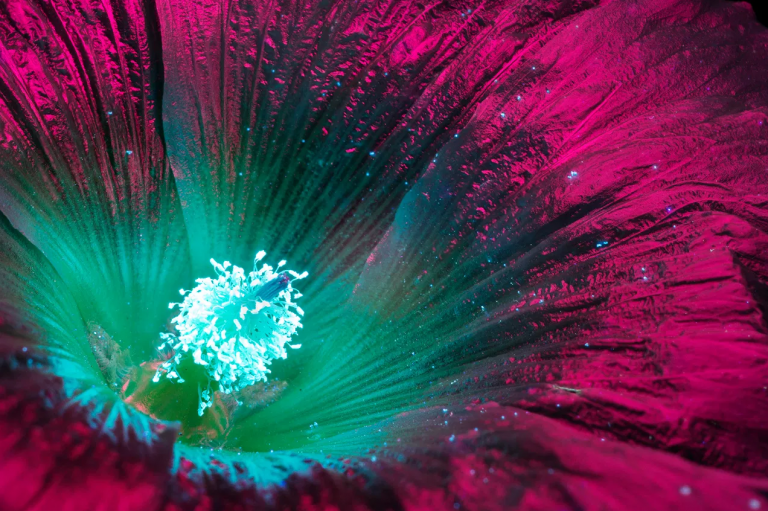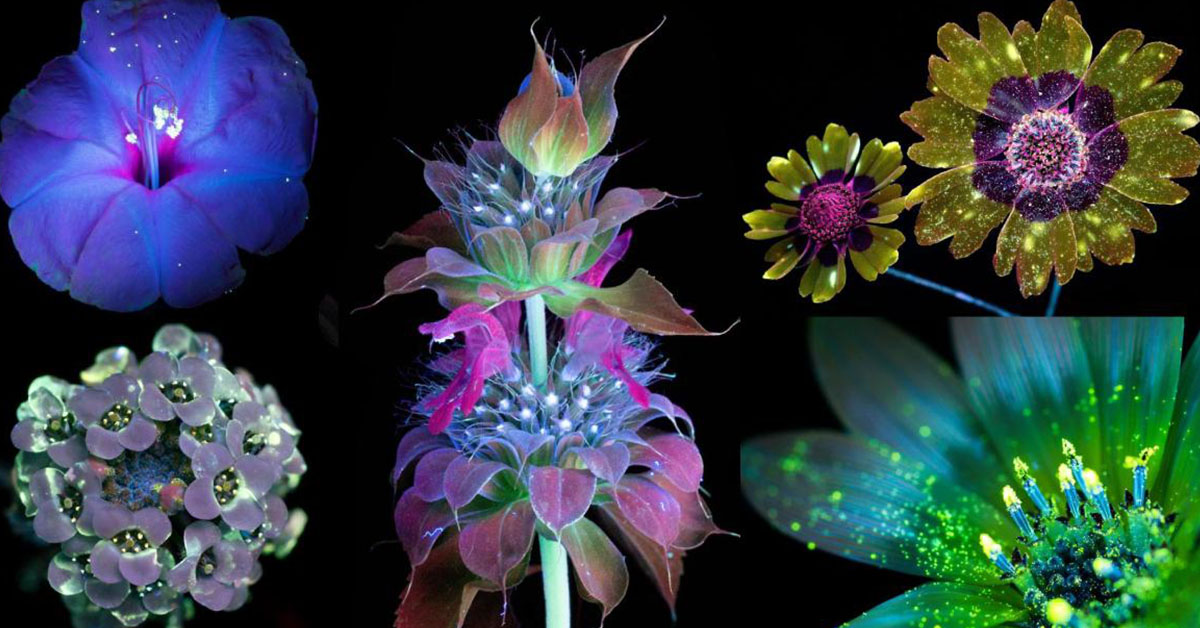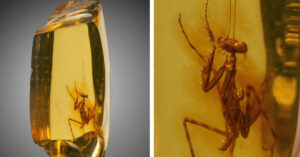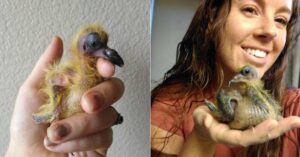Flowers are not only beautiful to look at, but they also aid in the self-propagation of plants. In order to disperse their pollen and produce seeds, many flowers, including bees and butterflies, depend on pollinators like bees and butterflies. But how do these bugs perceive flowers? And what makes them so drawn to them?

Pollen and Bees
The most productive producers in nature are bees. The essential things they and their offspring require to survive are pollen and nectar, which they spend the majority of their time searching for. Bees have unique eyes that enable them to see UV light, which is undetectable to humans. Many flower petals have UV-reflecting patterns or markings. Bees can detect pollen and nectar thanks to the contrast this disparity provides. These patterns are referred to as “nectar guides” or “bee guides.”
Bees can identify the type of bloom by its color as well. Bees are unable to detect red, but they can see blue-green, blue, violet, and almost-ultraviolet colors. Blue, purple, or yellow flowers consequently frequently attract more bees than red, orange, or pink flowers.
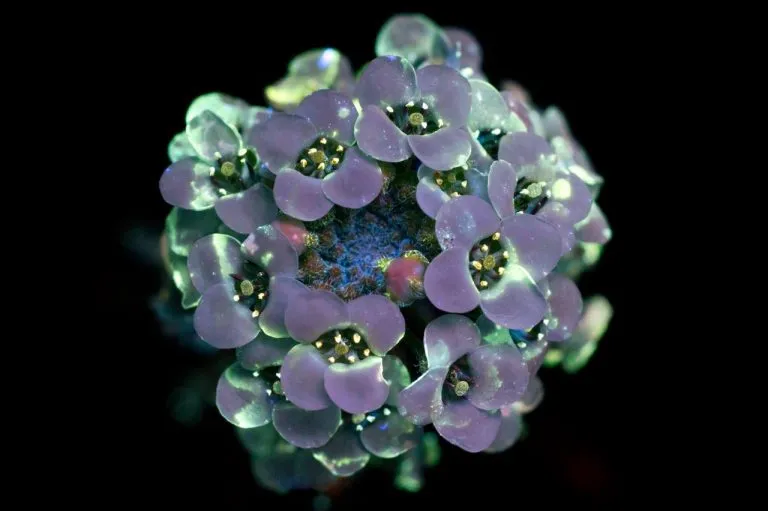

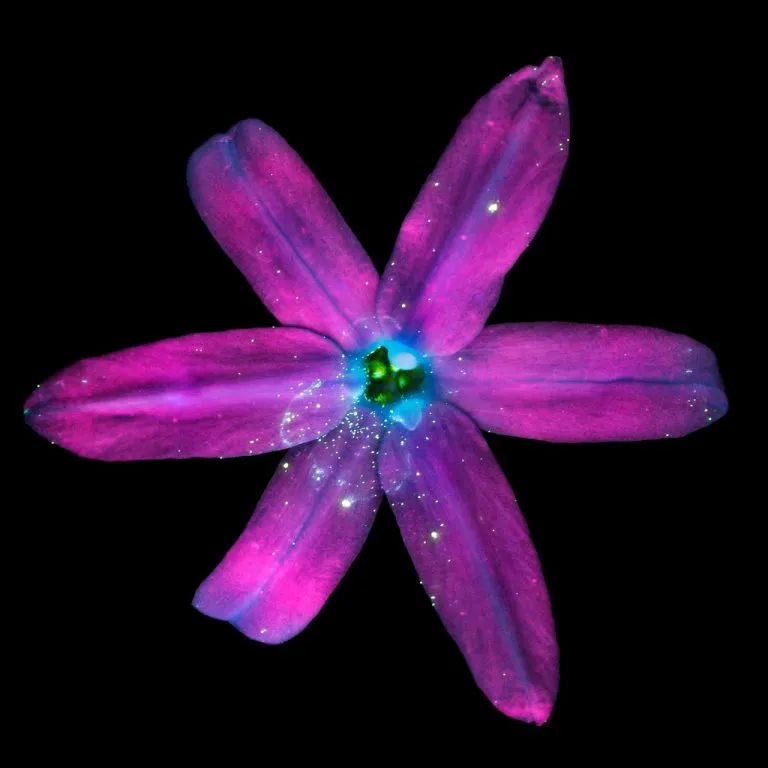
But how do bees recognize UV light? Bees have photoreceptors in their eyes that can react to various colors of light. Some of these photoreceptors can gather data from the electric field and the wavelength of the light. This enables them to distinguish UV light from light in the visible spectrum by its distinct color. Additionally, polarized light-seeking ommatidia known as dorsal rim ommatidia are present in bees. Light that is polarized goes in one particular direction. When airborne particles collide, polarized light is created, and by pointing bees in the direction of the sun, it can aid with navigation.
Flowers and butterflies
Additionally, butterflies are crucial pollinators, particularly for daytime flowers. Because many flowers that attract butterflies feature spots that reflect UV light to guide the butterfly to the nectar, butterflies, like bees, can perceive UV light. Butterflies are particularly drawn to certain hues, such as red, orange, yellow, pink, and purple. These colors stand out more because of the green of the grass and leaves.
Moths do not have pollen on their bodies, whereas bees do. Instead, they suck floral juice using a long mouthpiece resembling a tube called a proboscis. Because of this, butterflies prefer flat flowers or plants with long tubes that their proboscis can fit through. Butterfly favorites include zinnias, daisies, and lilies.
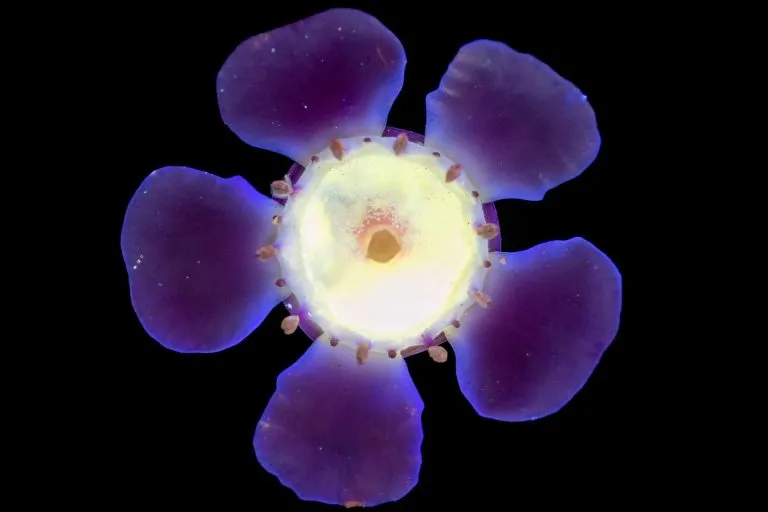
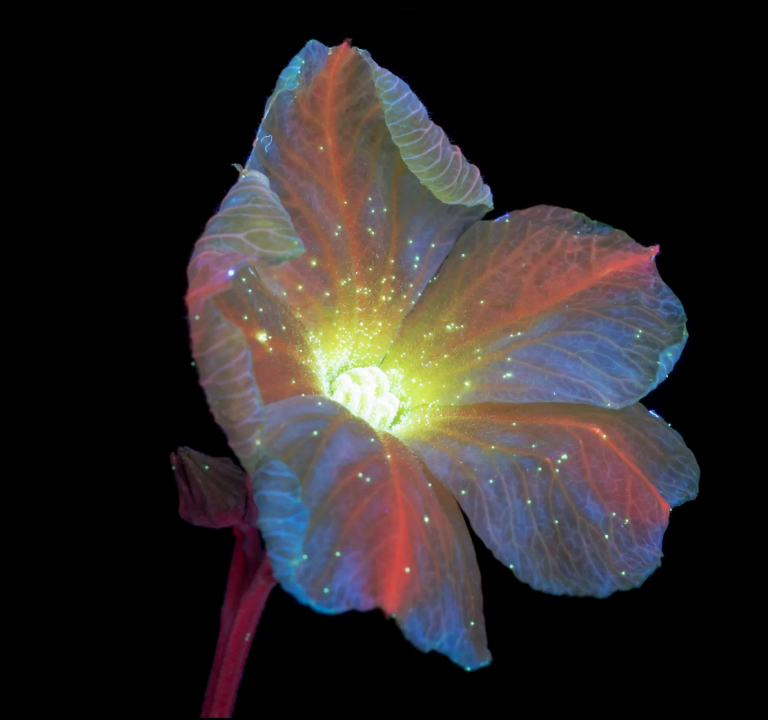
Marigolds, butterfly trees, and coneflowers.
Although they have more types of photoreceptors than bees, butterflies also contain photoreceptors that can detect UV light. Up to 15 different types of photoreceptors, each tuned to a different color of light, can be found in the eyes of some butterflies. They are able to perceive a variety of colors as a result, which aids them in selecting the ideal flowers and partners. Additionally, butterflies can communicate with one another via the UV pictures on their wings. Some species’ wings include markings or stripes that reflect UV light to identify their species or sex to prospective mates.
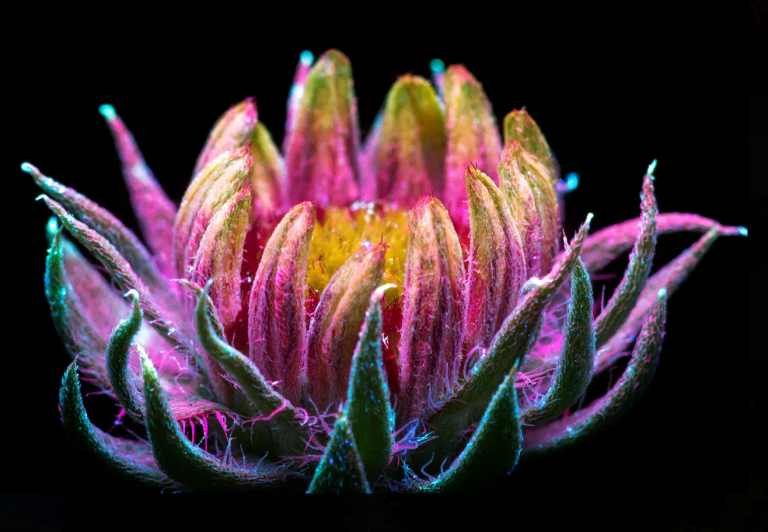
Conclusion
To bees and butterflies, flowers appear differently than to humans. They are able to detect UV light, which reveals hidden patterns on the flowers, and they favor colors that stand out from their surroundings. In order to attract these pollinators and aid in reproduction, flowers have altered their appearance, scent, and color alongside these pollinators. Therefore, it is understandable why bees and butterflies are drawn to flowers.
